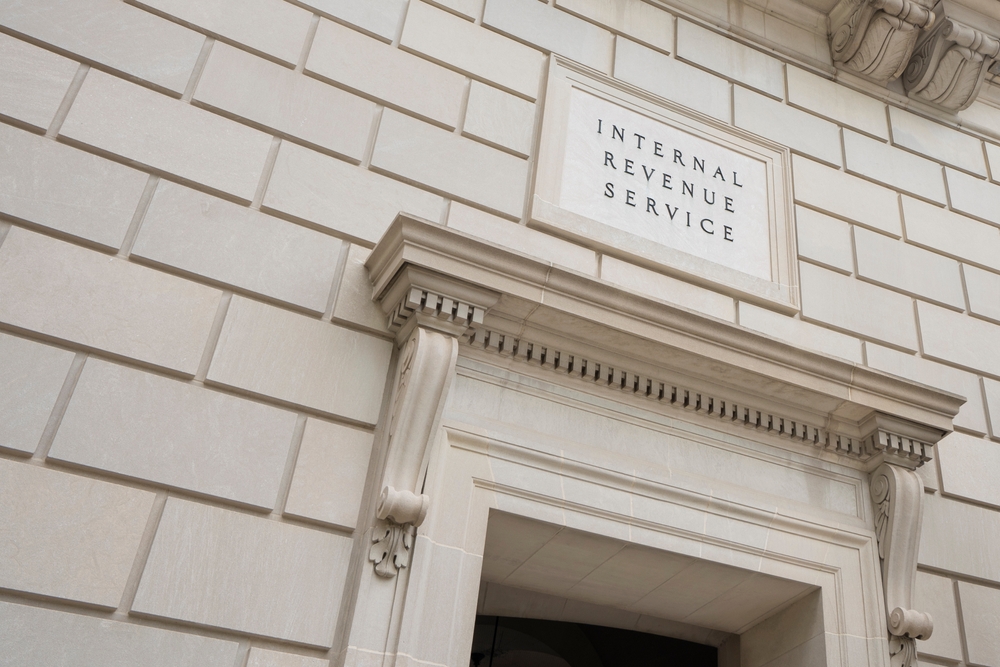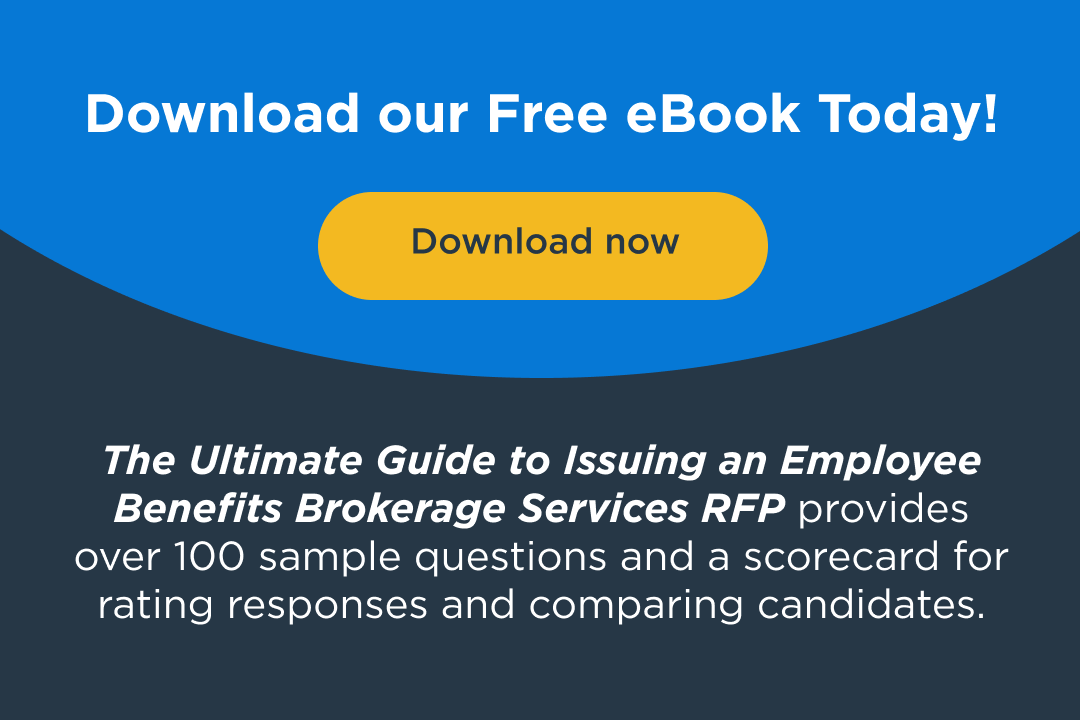IRS Announces 2025 Benefit Limit Updates: Key Changes Employers Should Know
May 7, 2025

The Internal Revenue Service (IRS) has released the updated benefit limits for 2025, affecting Health Savings Accounts (HSAs), High-Deductible Health Plans (HDHPs), Health Flexible Spending Accounts (FSAs), commuter benefits, and more. These adjustments, primarily due to inflation, have implications for employers in terms of plan design, payroll deductions, and employee communications.
Health Savings Accounts (HSAs) and High-Deductible Health Plans (HDHPs) HSA Contribution Limits for 2025:
- Self-only coverage: $4,300 (up from $4,150 in 2024)
- Family coverage: $8,550 (up from $8,300 in 2024)
- Catch-up contribution (age 55+): $1,000 (unchanged)
HDHP Minimum Deductibles for 2025:
- Self-only coverage: $1,650 (up from $1,600 in 2024)
- Family coverage: $3,300 (up from $3,200 in 2024)
HDHP Out-of-Pocket Maximums for 2025:
- Self-only coverage: $8,300 (up from $8,050 in 2024)
- Family coverage: $16,600 (up from $16,100 in 2024)
Health Flexible Spending Accounts (FSAs) Limits for 2025:
- Maximum contribution: $3,300 (up from $3,200 in 2024)
- Maximum carryover amount: $660 (up from $640 in 2024)
Commuter Benefits Limits for 2025:
- Monthly limit for transit passes and vanpooling: $325 (up from $315 in 2024)
- Monthly limit for qualified parking: $325 (up from $315 in 2024)
Excepted Benefit Health Reimbursement Arrangements (EBHRAs) EBHRA Limit for 2025:
- Maximum annual contribution: $2,150 (up from $2,100 in 2024)
Adoption Assistance Programs Limit for 2025:
- Maximum exclusion for employer-provided adoption assistance: $17,280 (up from $16,810 in 2024)
Employer Action Steps:
- Update Payroll Systems: Adjust payroll systems to reflect the new contribution limits for HSAs, FSAs, and commuter benefits.
- Communicate Changes: Inform employees about the updated limits during open enrollment and through internal communications to ensure they can make informed decisions.
- Review Plan Documents: Ensure all plan documents, summary plan descriptions, and related materials are updated to reflect the 2025 limits.
- Coordinate with Vendors: Work with third-party administrators and benefits vendors to implement the changes seamlessly.
- Educate Employees: Provide resources or workshops to help employees understand how these changes impact their benefits and financial planning.
Staying informed and proactive with these updates ensures compliance and supports employees in maximizing their benefits.
What We Know Thus Far for 2026:
As of now, the IRS has not released official benefit limit updates for the 2026 tax year. Typically, the IRS announces these adjustments in the fall of the preceding year, so employers can expect the 2026 limits to be published around October or November 2025.
However, it’s important to note that certain provisions from the Tax Cuts and Jobs Act (TCJA) of 2017 are set to expire after December 31, 2025, unless Congress takes action to extend them. One such provision is the suspension of the exclusion for qualified moving expense reimbursements, which is scheduled to end after 2025. This means that, starting in 2026, employers may once again be able to exclude qualified moving expense reimbursements from employees’ taxable income, provided the employee meets the necessary criteria.
IRS
Employers should stay informed about upcoming legislative changes and IRS announcements to ensure compliance and to make the most of available benefits for their employees.


